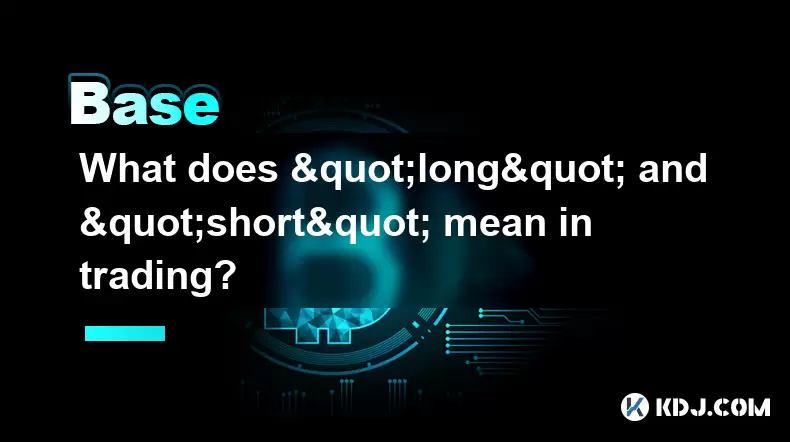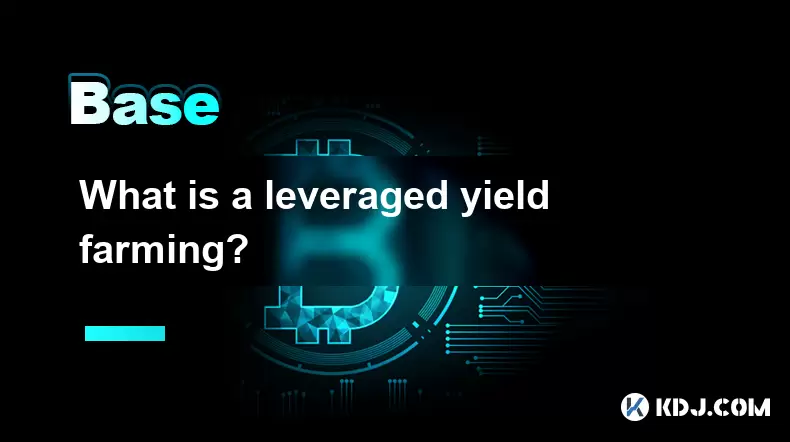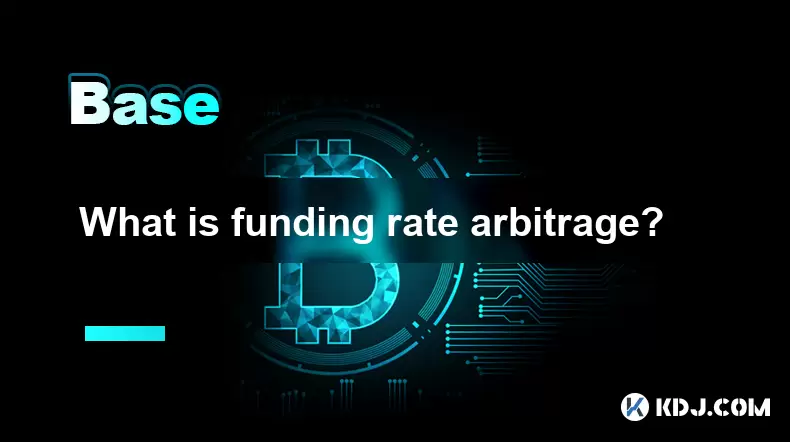-
 Bitcoin
Bitcoin $108,463.3266
-1.47% -
 Ethereum
Ethereum $2,535.8576
-3.62% -
 Tether USDt
Tether USDt $1.0006
0.02% -
 XRP
XRP $2.2352
-2.24% -
 BNB
BNB $658.1049
-0.63% -
 Solana
Solana $149.9207
-2.53% -
 USDC
USDC $0.9998
-0.07% -
 TRON
TRON $0.2857
0.45% -
 Dogecoin
Dogecoin $0.1659
-4.24% -
 Cardano
Cardano $0.5784
-3.85% -
 Hyperliquid
Hyperliquid $38.4944
-4.70% -
 Sui
Sui $2.9107
-4.19% -
 Bitcoin Cash
Bitcoin Cash $485.3637
-3.32% -
 Chainlink
Chainlink $13.3074
-4.18% -
 UNUS SED LEO
UNUS SED LEO $9.0499
0.41% -
 Avalanche
Avalanche $18.0347
-3.98% -
 Stellar
Stellar $0.2394
-2.23% -
 Toncoin
Toncoin $2.8110
-2.68% -
 Shiba Inu
Shiba Inu $0.0...01155
-3.23% -
 Litecoin
Litecoin $87.7967
-3.87% -
 Hedera
Hedera $0.1555
-2.87% -
 Monero
Monero $317.3839
-1.79% -
 Polkadot
Polkadot $3.4144
-4.90% -
 Dai
Dai $1.0000
-0.02% -
 Ethena USDe
Ethena USDe $1.0003
0.00% -
 Bitget Token
Bitget Token $4.4734
-2.29% -
 Uniswap
Uniswap $7.2556
-6.53% -
 Pepe
Pepe $0.0...09693
-7.27% -
 Aave
Aave $267.0924
-4.81% -
 Pi
Pi $0.4834
-3.31%
What does "long" and "short" mean in trading?
In crypto trading, going long means buying assets expecting price gains, while shorting involves selling borrowed assets to profit from price drops.
Jul 04, 2025 at 05:57 pm

Understanding "Long" in Cryptocurrency Trading
In the context of cryptocurrency trading, going long refers to the act of buying a digital asset with the expectation that its price will rise over time. This is the most common strategy employed by investors and traders who believe in the long-term potential of cryptocurrencies like Bitcoin or Ethereum.
When you take a long position, you are essentially betting that the value of the asset will increase. For instance, if you purchase 1 BTC at $30,000, your goal is to sell it later at a higher price, say $40,000, thereby making a profit of $10,000.
- Acquire funds in fiat currency or stablecoins.
- Choose a reliable exchange platform.
- Place a buy order for the desired cryptocurrency.
- Store the purchased assets securely in a wallet.
- Monitor market trends and decide on an exit point.
It’s important to note that while going long can yield significant returns, it also carries risks due to the volatile nature of the crypto market.
The Concept of "Short" in Crypto Markets
Conversely, shorting or taking a short position involves selling an asset that you don’t currently own, with the hope of buying it back at a lower price in the future. This is typically done through derivatives such as futures contracts or margin trading platforms.
For example, if you believe that the price of ETH will drop from $2,000 to $1,500, you could short 1 ETH at $2,000. If the price falls as anticipated, you can repurchase the ETH at $1,500 and pocket the $500 difference.
- Open an account on a platform that supports shorting (e.g., Binance Futures).
- Borrow the asset via margin or futures contract.
- Sell the borrowed asset at current market price.
- Wait for the price to decline.
- Buy back the asset at the lower price and return it, keeping the difference.
This method allows traders to profit even when the market is declining, but it comes with high risk, especially if the price moves against expectations.
Differences Between Long and Short Positions
The primary distinction between long and short positions lies in the direction of the expected price movement and the mechanisms used to execute each trade.
A long position benefits from rising prices and usually doesn't involve borrowing or leverage unless used strategically. On the other hand, a short position profits from falling prices and often requires borrowing assets or using leveraged products.
- Profit Mechanism: Long makes money when prices go up; short makes money when prices go down.
- Risk Profile: Long positions have limited downside (can only go to zero); short positions theoretically have unlimited risk (prices can keep rising).
- Time Horizon: Long trades are often held for days, weeks, or months; short trades may last hours or days.
- Capital Requirement: Going long requires upfront capital; shorting may require collateral or margin.
These differences make each strategy suitable for different types of traders depending on their risk tolerance and market outlook.
Tools and Platforms for Going Long or Short
To effectively engage in long or short trading, you need access to the right tools and platforms. Several exchanges and financial services offer features tailored for both strategies.
For going long, popular platforms include Binance, Coinbase, and Kraken, which allow straightforward buying and holding of cryptocurrencies. Wallets like Trust Wallet or Ledger provide secure storage options.
For shorting, platforms like Binance Futures, Bitmex, and Bybit support margin trading and futures contracts. These services enable users to borrow assets or trade derivatives based on price predictions.
- Select a reputable exchange that supports the chosen strategy.
- Set up two-factor authentication for security.
- Deposit funds into the account.
- Use stop-loss orders to manage risk.
- Utilize charting tools and technical indicators for decision-making.
Each platform has unique fees, interface designs, and regulatory compliance levels, so choosing one that aligns with your trading goals is crucial.
Risks Involved in Long and Short Trading
Both long and short trading come with inherent risks, especially within the highly volatile cryptocurrency market.
Taking a long position exposes you to the possibility of losing your entire investment if the asset's value plummets. However, this loss is capped at the amount invested.
On the flip side, shorting can result in substantial losses if the price rises instead of falling. Since there’s no upper limit to how high a cryptocurrency's price can go, short sellers face potentially unlimited liability.
- Market volatility can trigger rapid price swings.
- Leverage amplifies both gains and losses.
- Liquidation risks exist in margin-based shorting.
- Regulatory changes may impact trading activities.
- Emotional bias can lead to poor decision-making.
Proper risk management techniques, such as setting stop-losses and not over-leveraging, are essential to mitigate these dangers.
Frequently Asked Questions
What is the minimum capital required to start long or short trading?
Most exchanges do not enforce a minimum deposit, although some require small amounts (like $10–$50) for verification purposes. The actual trading size depends on your risk appetite and available funds.
Can I short a cryptocurrency without using leverage?
Yes, some platforms allow non-leveraged shorting through spot markets by borrowing assets directly, though this is less common than using futures or margin accounts.
Is it possible to hold both long and short positions simultaneously?
Traders often use hedging strategies by maintaining both long and short positions on correlated assets to balance exposure and reduce overall risk.
Are there tax implications for long and short trades?
Tax regulations vary by jurisdiction, but generally, profits from both long and short trades are taxable events. It's advisable to consult a tax professional familiar with cryptocurrency laws.
Disclaimer:info@kdj.com
The information provided is not trading advice. kdj.com does not assume any responsibility for any investments made based on the information provided in this article. Cryptocurrencies are highly volatile and it is highly recommended that you invest with caution after thorough research!
If you believe that the content used on this website infringes your copyright, please contact us immediately (info@kdj.com) and we will delete it promptly.
- Bitcoin's Pattern Break: Are HODLers the Key to the Next Surge?
- 2025-07-04 18:50:12
- Bitcoin Price, Trump's Bill, and the $150K Dream: A NYC Take
- 2025-07-04 19:50:12
- Ethereum, LILPEPE, and the July Bounce: Will Pepe Steal ETH's Thunder?
- 2025-07-04 19:10:12
- Binance Institutional Loans: Unlocking 4x Leverage and Zero Interest for Whales
- 2025-07-04 19:15:12
- Bitcoin Bull Run: Analysts Eye Peak in Late 2025?
- 2025-07-04 19:20:13
- Pepe Indicators, Bullish Forecast: Can the Meme Coin Rally?
- 2025-07-04 19:25:12
Related knowledge

What is a user-generated content (UGC) NFT platform?
Jul 04,2025 at 01:49pm
Understanding the Concept of a UGC NFT PlatformA user-generated content (UGC) NFT platform is a digital marketplace or ecosystem where users can create, mint, and trade non-fungible tokens (NFTs) that represent ownership of original digital content they produce. Unlike traditional NFT platforms where creators often include professional artists or develo...

What is a token generation event (TGE)?
Jul 04,2025 at 07:14am
Understanding the Basics of a Token Generation Event (TGE)A Token Generation Event (TGE) refers to the process through which a blockchain project creates and distributes its native tokens to investors, participants, or stakeholders. This event is often associated with new cryptocurrency projects launching on platforms like Ethereum, Binance Smart Chain,...

What is a block explorer API?
Jul 04,2025 at 05:07am
Understanding the Role of a Block Explorer APIA block explorer API is a crucial interface that enables developers and users to interact programmatically with blockchain data. Unlike traditional APIs used in web services, a block explorer API specifically provides access to blockchain-related information such as transaction details, wallet balances, bloc...

What is a leveraged yield farming?
Jul 04,2025 at 09:36am
Understanding Leveraged Yield FarmingLeveraged yield farming is a more advanced form of yield farming, which itself is a popular method in the decentralized finance (DeFi) ecosystem to earn returns by providing liquidity to various protocols. In traditional yield farming, users deposit tokens into a DeFi platform and earn rewards in return, often in the...

What is open interest in derivatives?
Jul 03,2025 at 02:49pm
Understanding Open Interest in DerivativesOpen interest is a critical metric used in the cryptocurrency derivatives market, particularly when analyzing futures and options contracts. It represents the total number of outstanding contracts that have not been settled or closed by either party involved. Unlike trading volume, which counts all trades made i...

What is funding rate arbitrage?
Jul 04,2025 at 11:43am
Understanding Funding Rate Arbitrage in the Cryptocurrency MarketFunding rate arbitrage is a trading strategy employed by crypto traders to exploit differences in funding rates across various perpetual futures exchanges. In perpetual contracts, funding rates are periodic payments made between long and short traders depending on whether the price of the ...

What is a user-generated content (UGC) NFT platform?
Jul 04,2025 at 01:49pm
Understanding the Concept of a UGC NFT PlatformA user-generated content (UGC) NFT platform is a digital marketplace or ecosystem where users can create, mint, and trade non-fungible tokens (NFTs) that represent ownership of original digital content they produce. Unlike traditional NFT platforms where creators often include professional artists or develo...

What is a token generation event (TGE)?
Jul 04,2025 at 07:14am
Understanding the Basics of a Token Generation Event (TGE)A Token Generation Event (TGE) refers to the process through which a blockchain project creates and distributes its native tokens to investors, participants, or stakeholders. This event is often associated with new cryptocurrency projects launching on platforms like Ethereum, Binance Smart Chain,...

What is a block explorer API?
Jul 04,2025 at 05:07am
Understanding the Role of a Block Explorer APIA block explorer API is a crucial interface that enables developers and users to interact programmatically with blockchain data. Unlike traditional APIs used in web services, a block explorer API specifically provides access to blockchain-related information such as transaction details, wallet balances, bloc...

What is a leveraged yield farming?
Jul 04,2025 at 09:36am
Understanding Leveraged Yield FarmingLeveraged yield farming is a more advanced form of yield farming, which itself is a popular method in the decentralized finance (DeFi) ecosystem to earn returns by providing liquidity to various protocols. In traditional yield farming, users deposit tokens into a DeFi platform and earn rewards in return, often in the...

What is open interest in derivatives?
Jul 03,2025 at 02:49pm
Understanding Open Interest in DerivativesOpen interest is a critical metric used in the cryptocurrency derivatives market, particularly when analyzing futures and options contracts. It represents the total number of outstanding contracts that have not been settled or closed by either party involved. Unlike trading volume, which counts all trades made i...

What is funding rate arbitrage?
Jul 04,2025 at 11:43am
Understanding Funding Rate Arbitrage in the Cryptocurrency MarketFunding rate arbitrage is a trading strategy employed by crypto traders to exploit differences in funding rates across various perpetual futures exchanges. In perpetual contracts, funding rates are periodic payments made between long and short traders depending on whether the price of the ...
See all articles

























































































